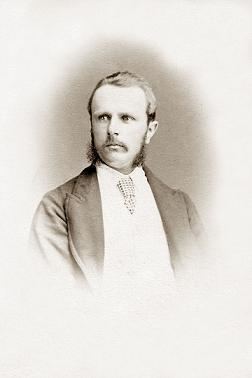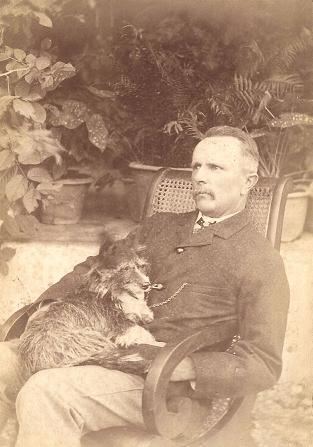Name Samuel Jacob Role Architect | Books Jeypore Enamels | |
 | ||
Structures Lalgarh Palace, Rambagh Palace | ||
Col sir samuel swinton jacob the architect of sandeman darbar hall quetta
Sir Samuel Swinton Jacob, (14 January 1841 – 4 December 1917) was a British Army officer and colonial engineer, architect and writer, best known for the numerous Indian public buildings he designed in the Indo-Saracenic style.
Contents
- Col sir samuel swinton jacob the architect of sandeman darbar hall quetta
- AERIAL FOOTAGE LAXMI NIWAS PALACE AND LALLGARH PALACE BIKANER RAJASTHAN INDIA
- Early life and education
- Career
- Architecture
- Notable buildings
- References

AERIAL FOOTAGE-LAXMI NIWAS PALACE AND LALLGARH PALACE-BIKANER-RAJASTHAN INDIA
Early life and education
He was born in 1841 to Colonel William Jacob (of the Bombay Artillery and a member of a distinguished military family) and Jane Swinton, granddaughter of Captain Samuel Swinton RN, who was the inspiration for the story of The Scarlet Pimpernel. He was educated at Cheam School and then at the East India Company Military College at Addiscombe where he was one of the last batch of graduates (graduating as an engineer in 1858). (See Clan Swinton.)
Career
Jacob was commissioned into the Bombay Artillery in 1858, qualifying five years later as a surveyor and engineer. After initial service with the Bombay Staff Corps in the Public Works Department, and a brief spell with the Aden Field Force in 1865–6, he was appointed in 1867 as chief engineer of the state of Jaipur in Rajasthan, India. He was to spend the remainder of his working life in this position until he retired at the age of 71.
At the time he became chief engineer and took charge of the public works department of the Jaipur it had only been in existence for seven years, having been founded in 1860.
He was promoted to lieutenant-colonel on 6 February 1885, and to Colonel on 26 February 1889. During the summer of 1902, he accompanied the Maharaja of Jaipur as a political officer during a visit to the United Kingdom to attend the Coronation of King Edward VII and Queen Alexandra. The coronation was originally scheduled for late June, but was postponed until 16 August 1902 when the King fell ill, prolonging their stay in London.
Among his honours were the Kaisar-i-Hind Gold Medal for Public Service on 9 November 1901. In the 1902 Coronation Honours list published on 26 June 1902 (the original date for the subsequently postponed coronation of King Edward VII), Jacob was made a Knight Commander of the Indian Empire (KCIE).
He was married to Mary Brown (daughter of Robert Brown of Edinburgh) from 1874 until his death. He died at Weybridge on 4 December 1917.
Architecture
Jacob's department was responsible for the construction of everything in the state of Jaipur ranging from walls, outhouses, guard houses, roads, canals to major public buildings.
Compared with many British officials in India he was noted for his respect for local building traditions and skills, which led to his incorporating many Indian architectural features into his building designs. As a result, he became – with F. S. Growse, Robert Fellowes Chisholm, Charles Mant, Henry Irwin, William Emerson, George Wittet and Frederick Stevens – a pioneer of the Indo-Saracenic style of architecture.
For the benefit of other contemporary architects, Jacob published from 1890–1913 the Jeypore portfolio of architectural details, containing numerous drawings, in 12 volumes.
He had no sooner retired to England in 1911 then he was recruited by the secretary of state for India to assist Edwin Lutyens and Herbert Baker in the design of New Delhi. Failing health soon forced him to withdraw from the assignment.
